Solids Liquids Gases Worksheet
If you're teaching a science class and need a reliable resource to assist your students in learning about the properties of solids, liquids, and gases, you're in the right place. This blog post will introduce you to a comprehensive worksheet that is designed to engage and educate students on this important topic.
Table of Images 👆
- Solids Liquids and Gases Worksheets
- Solid-Liquid Gas Experiment
- States of Matter Worksheets 2nd Grade
- Rock Cycle Worksheet Answer Key
- Reversible and Irreversible Change Worksheets
- Pictures of Solids Liquids and Gases States of Matter
- List Return to Matter Worksheets
- States of Matter Worksheets
- Kids Physical and Chemical Changes Worksheet
- Free Printable 6th Grade Science Worksheets
- Physical and Chemical Changes Worksheets
- Triple Circle Venn Diagram
More Other Worksheets
Kindergarten Worksheet My RoomSpanish Verb Worksheets
Cooking Vocabulary Worksheet
DNA Code Worksheet
Meiosis Worksheet Answer Key
Art Handouts and Worksheets
7 Elements of Art Worksheets
All Amendment Worksheet
Symmetry Art Worksheets
Daily Meal Planning Worksheet
What is the definition of a solid?
A solid is a state of matter characterized by particles that are closely packed together in a definite shape and volume, with strong intermolecular forces holding them in place. Solids maintain their shape and volume unless acted upon by an external force, and have a fixed melting point at which they become a liquid.
Name three examples of solids.
Some examples of solids are wood, iron, and ice.
What is the definition of a liquid?
A liquid is a state of matter characterized by having a definite volume but not a definite shape, meaning it can flow and take the shape of its container. Liquids have a range of viscosities and densities, with particles that are close together but with enough kinetic energy to move past each other.
Give two examples of liquids.
Water and juice are two examples of liquids.
What defines a gas?
A gas is a state of matter characterized by particles that are widely spaced and have little to no attraction to each other, resulting in a lack of definite shape or volume. Gases are highly compressible, expand to fill their container, and flow easily due to their high kinetic energy.
Name three examples of gases.
Oxygen, carbon dioxide, and helium are three examples of gases.
How do the particles in a solid move?
The particles in a solid vibrate in fixed positions due to the strong forces of attraction between them. While they do not move from their fixed positions, they do vibrate in place, which gives solids a definite shape and volume.
Describe the movement of particles in a liquid.
The particles in a liquid have more freedom to move compared to those in a solid but less compared to those in a gas. While the particles in a liquid have an attraction to each other, they are not fixed in place like in a solid. This allows them to move past each other, resulting in a fluid and constantly changing arrangement of particles. The movement of particles in a liquid is random, with a tendency to flow and take the shape of their container while still maintaining some cohesion.
How does the behavior of gas particles differ from solids and liquids?
Gas particles are characterized by having a high degree of kinetic energy, allowing them to move freely and rapidly in all directions, resulting in particles being far apart from each other. In contrast, solids have tightly packed particles forming a rigid structure, while liquids have particles that are close together but can move past each other due to moderate kinetic energy. Gas particles lack a definite shape or volume and can expand to fill the container they are in, while solids and liquids maintain their shape and have a fixed volume.
What are some common properties of solids, liquids, and gases
Solids have a definite shape and volume, with particles that are closely packed and have low kinetic energy; liquids have a definite volume but take the shape of their container, with particles that are close together but can move past each other; gases have neither a definite shape nor volume, with particles that are far apart and have high kinetic energy. Additionally, all three states of matter have mass, volume, and are composed of particles.
Have something to share?
Who is Worksheeto?
At Worksheeto, we are committed to delivering an extensive and varied portfolio of superior quality worksheets, designed to address the educational demands of students, educators, and parents.

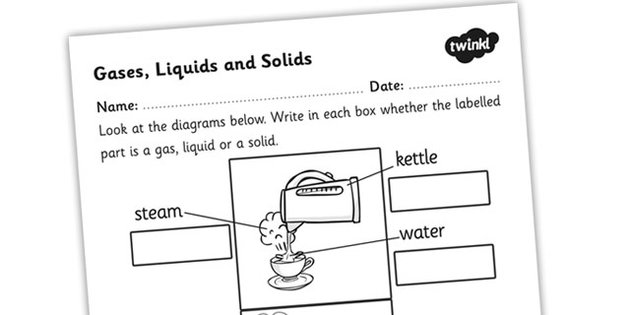



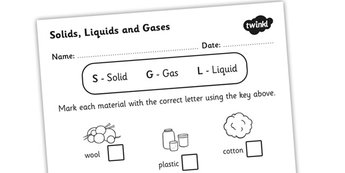
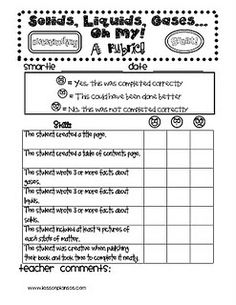
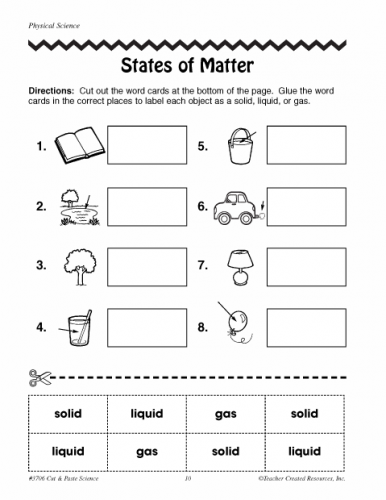
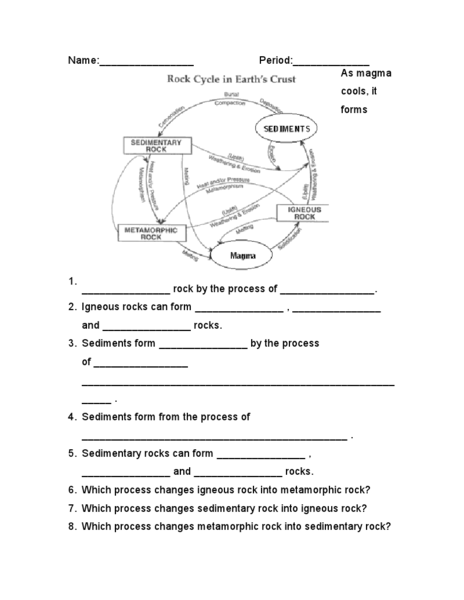
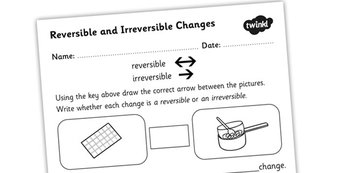
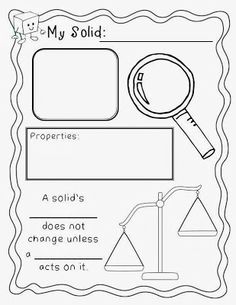
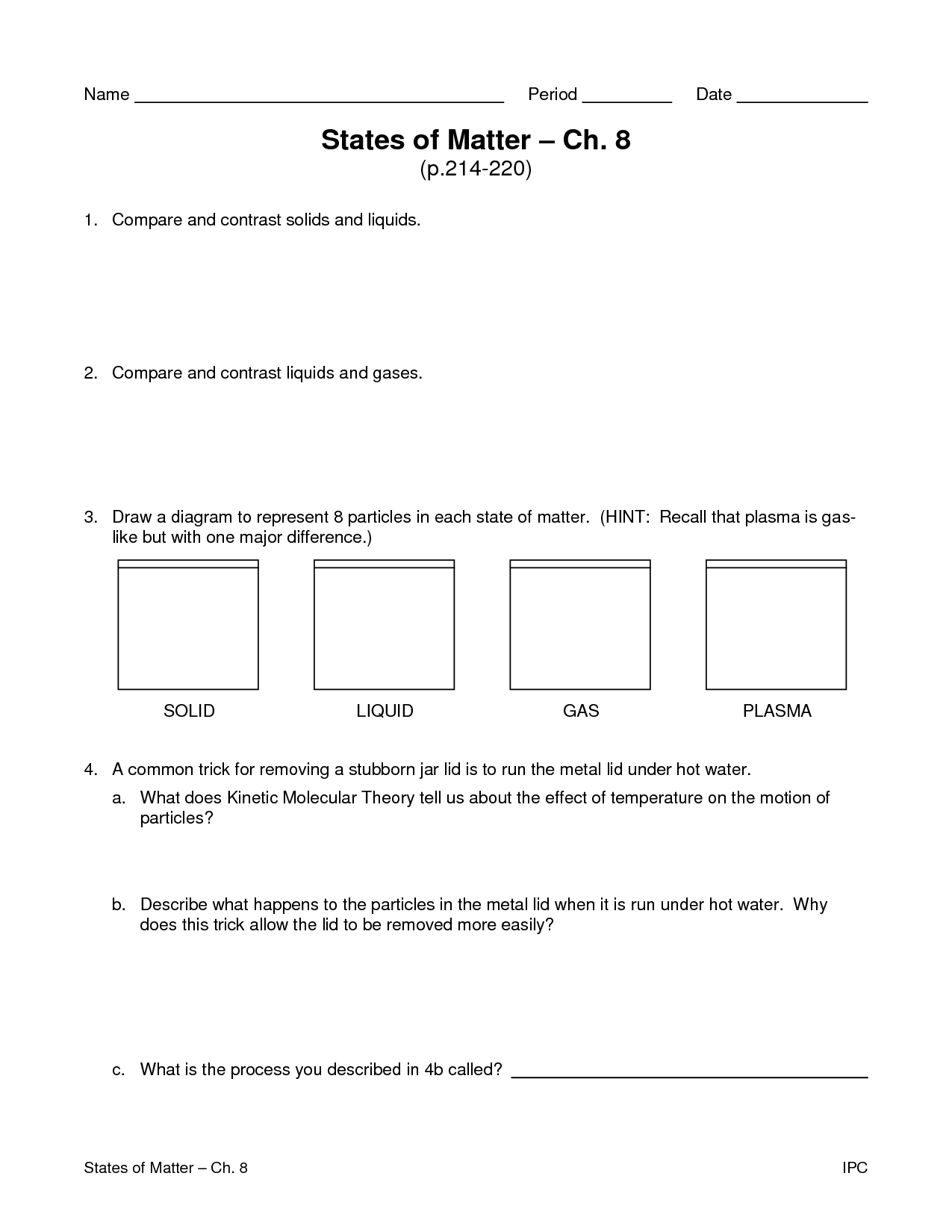
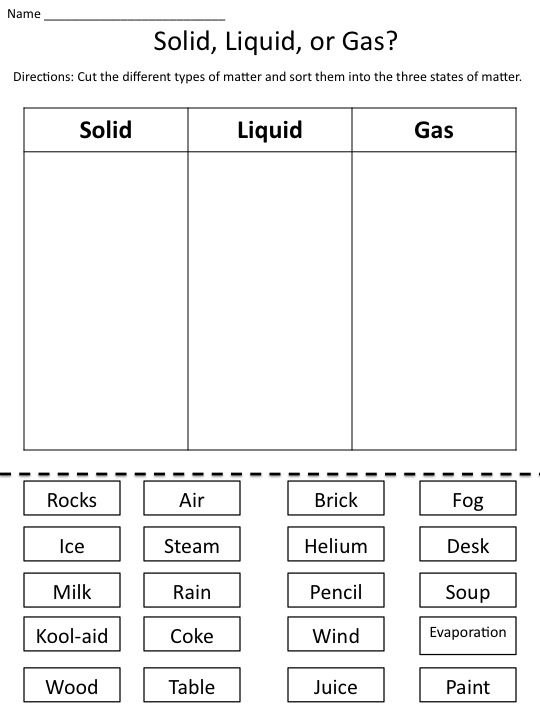
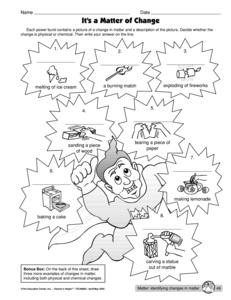
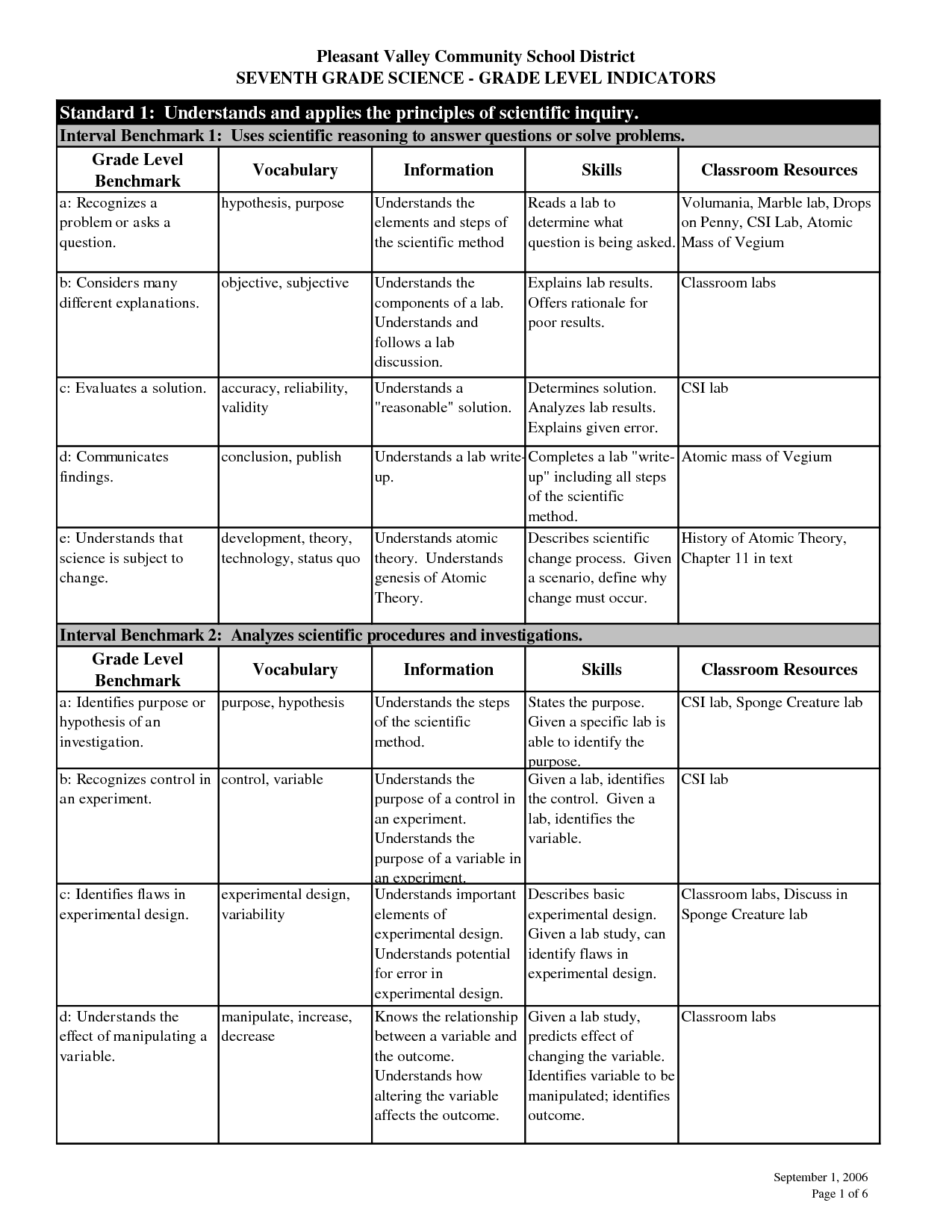
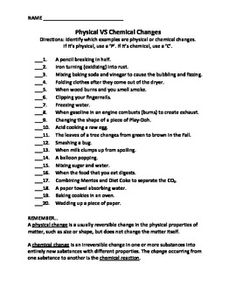
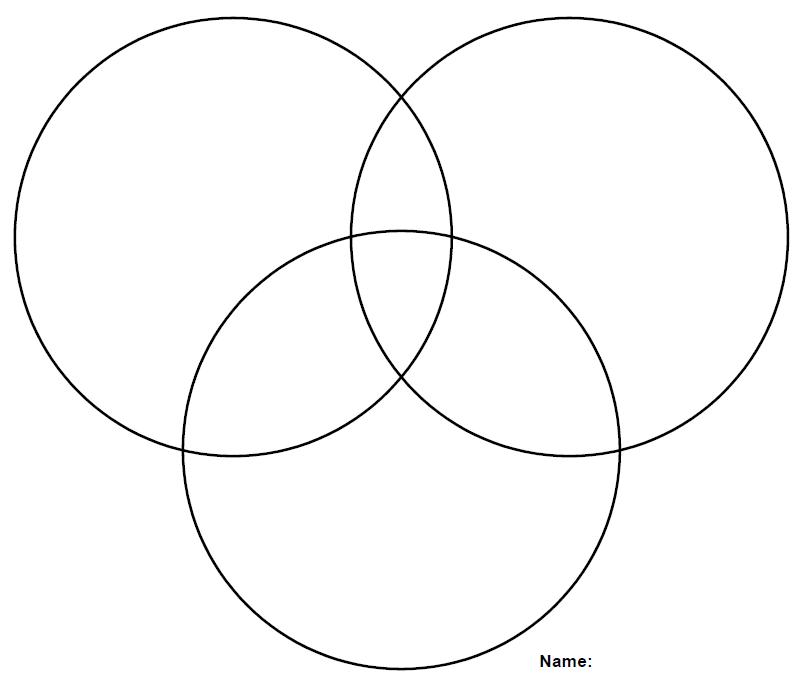
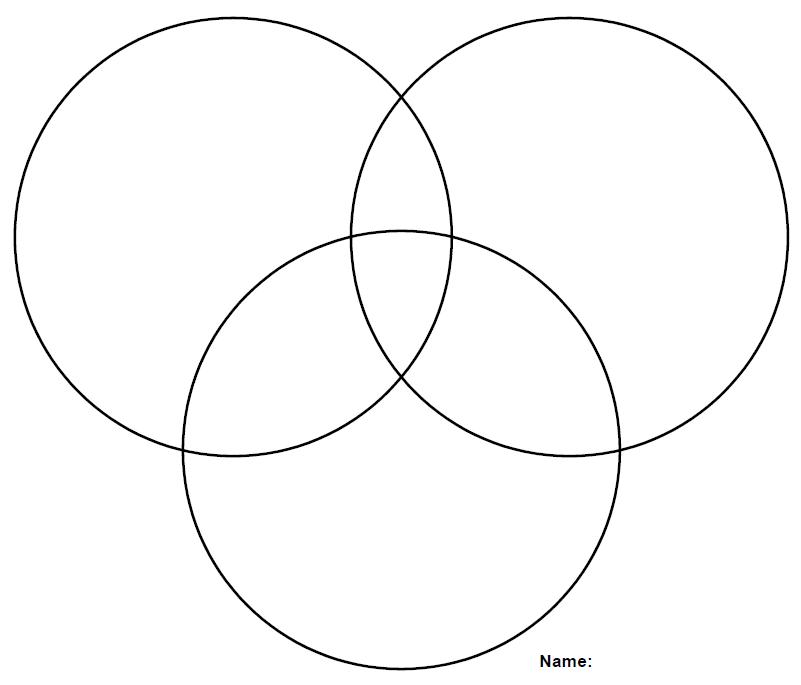















Comments